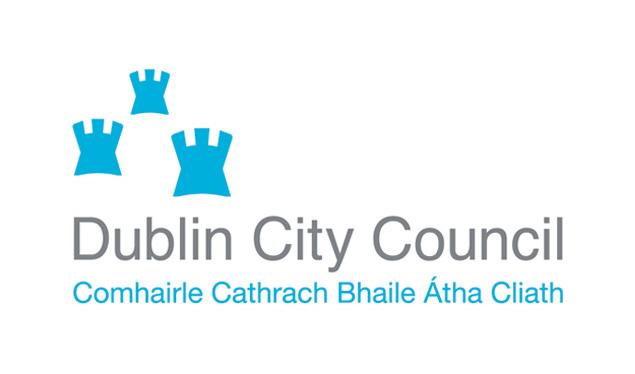
Seven out of 10 Dublin City Council homes have extremely poor energy ratings, the local authority has admitted.
About 18,200 homes - 70% of its 26,000 units - has a BER of E or worse, with the pace at which the properties are being upgraded failing to meet EU targets.
The 15-point BER scale which measures the energy performance of a building runs from A1 to G.
Council official Matt Carroll said its homes tend to date mostly from between 1930 and 1977.
"About two-thirds of our stock was built before 1977. The year 1977 is significant because that's when there started to be building regulations," Mr Carroll said.
He said much of council's housing stock is hard to heat, adding that a C rating would be considered a reasonable performance level.
The local authority has been steadily upgrading the homes in recent years.
"We have done improvements to stock over the years; we've put central heating and double-glazing into every flat," he said.
When homes become vacant, they are always upgraded to about a C, he added.
Some 700 properties a year are improved in this way, equating to an energy saving of 1% a year throughout the stock.
The programme helps to save money in other ways as well.
Mr Carroll told the housing committee: "All of this benefits the tenants because the houses are easier to heat and more comfortable."







